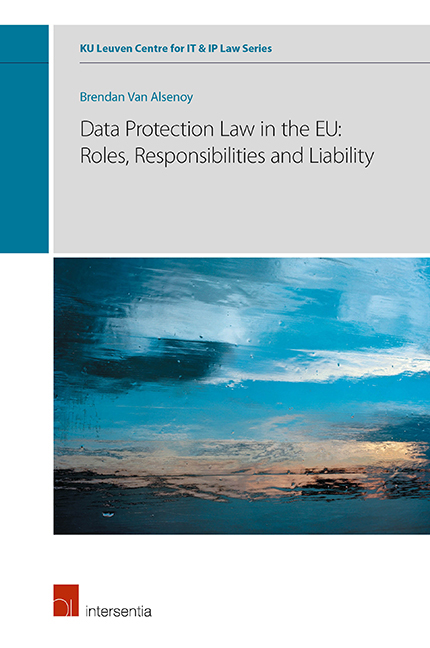
- Cited by 5
-
Cited byCrossref Citations
This Book has been cited by the following publications. This list is generated based on data provided by Crossref.
Christofi, Athena Dewitte, Pierre Ducuing, Charlotte and Valcke, Peggy 2020. Personal Data Protection and Legal Developments in the European Union. p. 140.
Christofi, Athena Dewitte, Pierre Ducuing, Charlotte and Valcke, Peggy 2021. Research Anthology on Privatizing and Securing Data. p. 1790.
Amankwah, Jeffrey and Stroobants, Nele 2022. Insurance and Human Rights. Vol. 5, Issue. , p. 173.
Phithakkitnukoon, Santi 2023. Urban Informatics Using Mobile Network Data. p. 131.
Piaia, Thami Covatti 2023. ATTENZIONE, ESPLORATORI DI DATI: MA ANÁLISE JURÍDICA SOBRE OS TERMOS DE USO DO APLICATIVO THREADS NO BRASIL E NA UNIÃO EUROPEIA. Revista Eletrônica Direito e Política, Vol. 18, Issue. 3, p. 489.
- Publisher:
- Intersentia
- Online publication date:
- June 2019
- Print publication year:
- 2019
- Online ISBN:
- 9781780688459
- Subjects:
- Intellectual Property, Law




